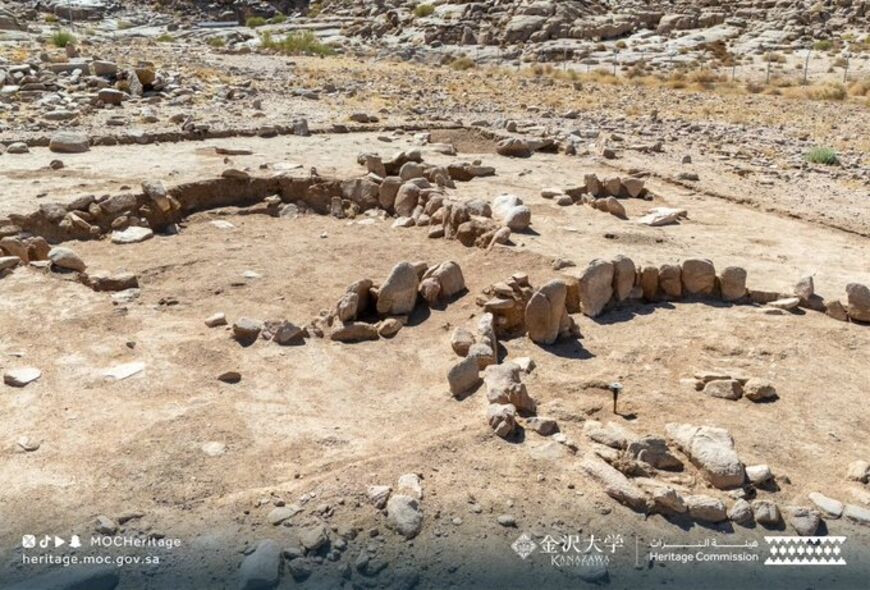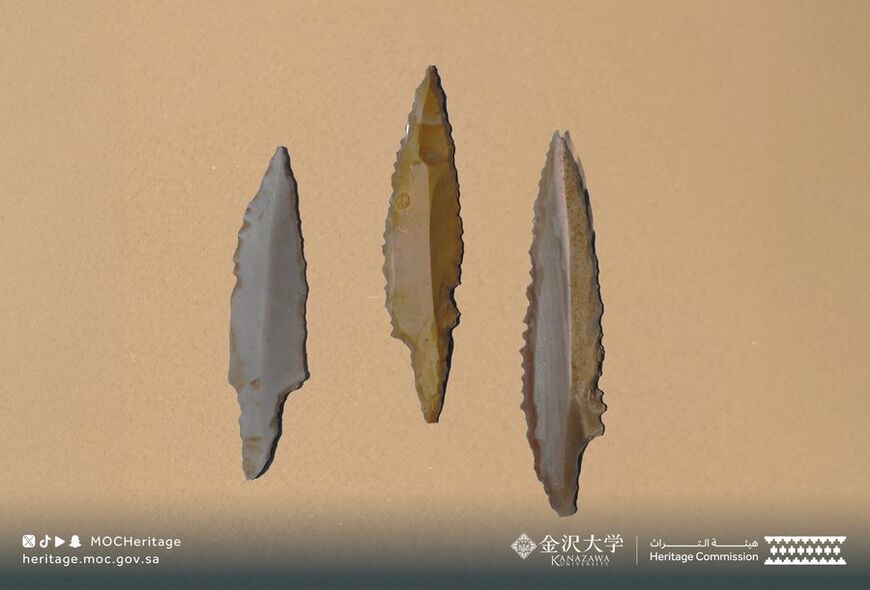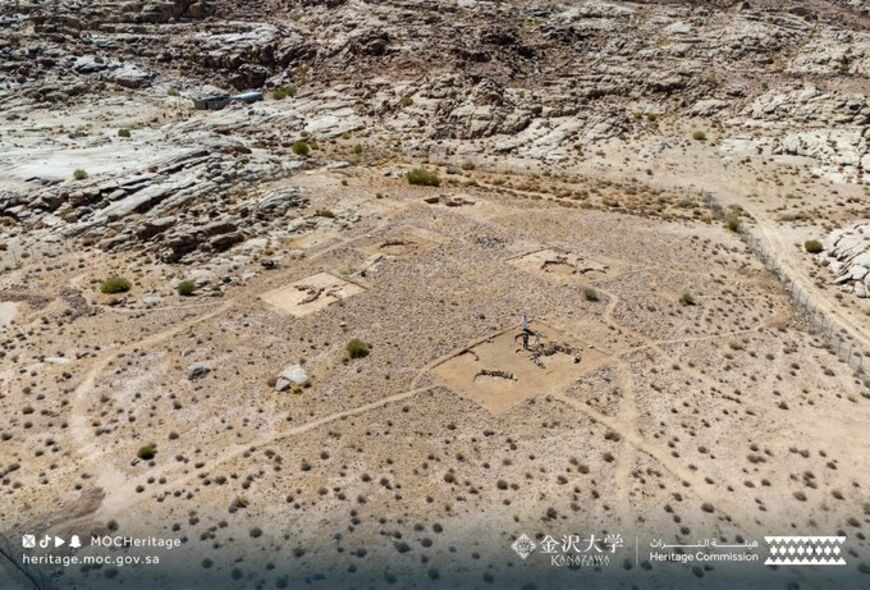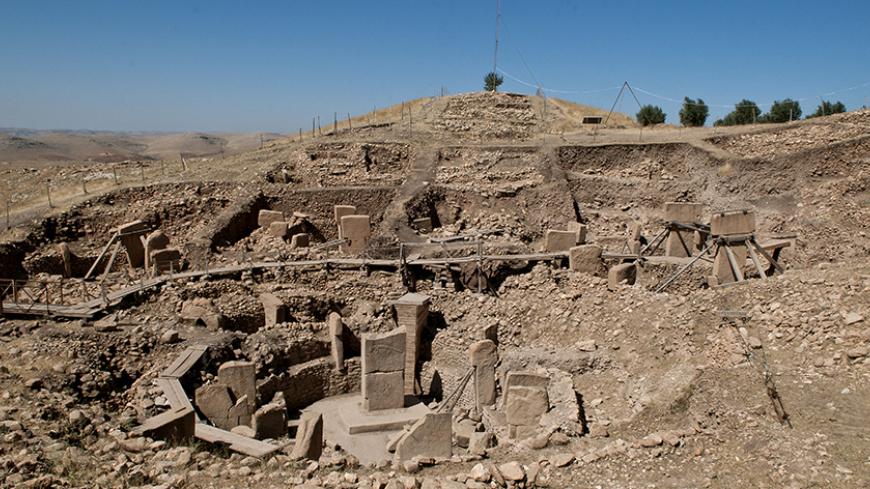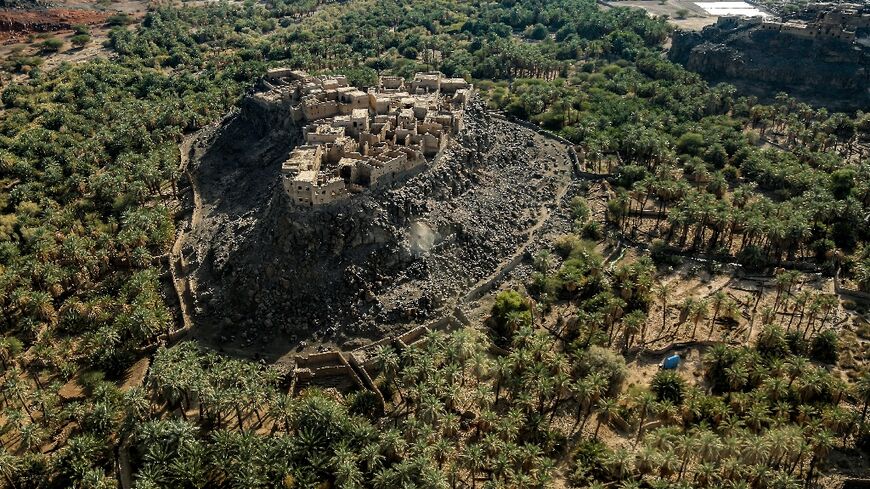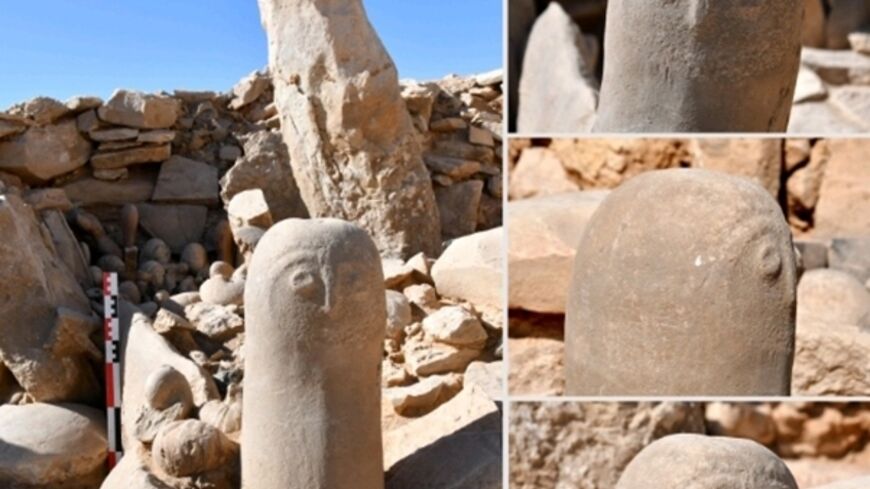Saudi excavations reveal 11,000-year-old human settlement
The settlement dates to between 11,000 and 10,300 years ago, to the Pre-Pottery Neolithic period.
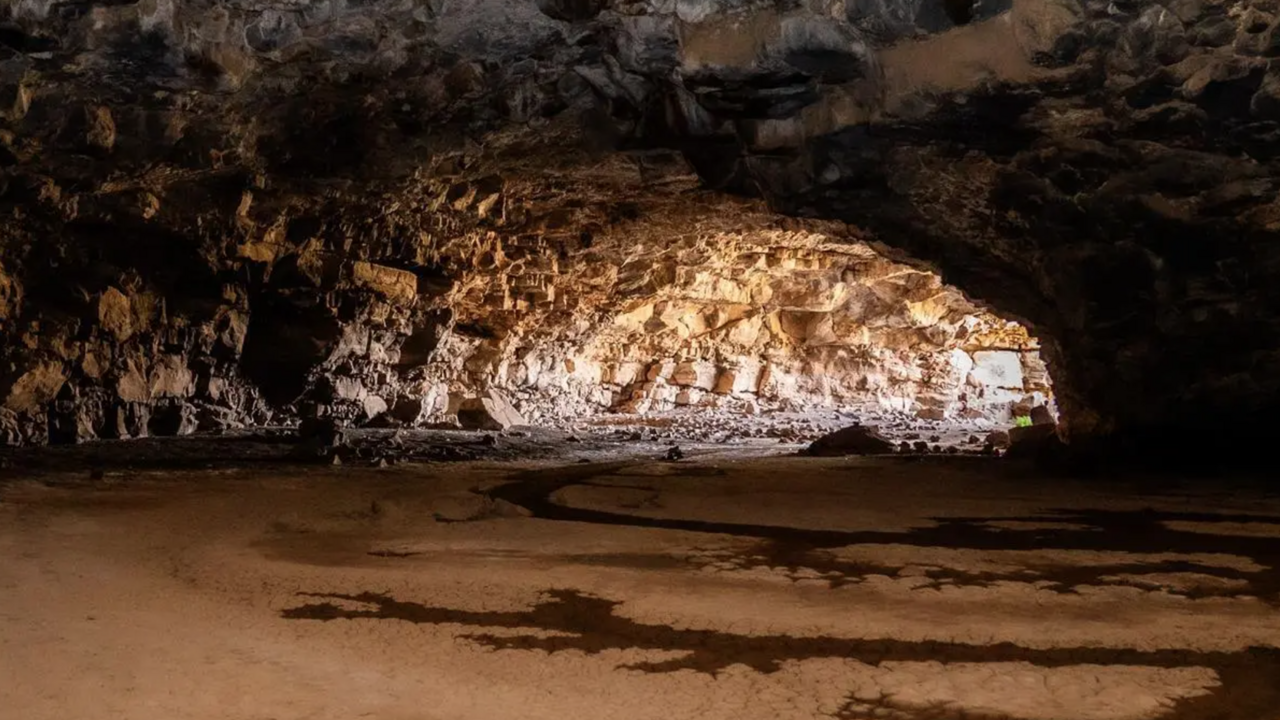
Excavations in northwest Saudi Arabia have uncovered stone structures and artifacts around 11,000 years old, marking the Arabian Peninsula’s oldest known human settlement, Saudi Minister of Culture Prince Badr bin Abdullah bin Farhan Al Saud announced Thursday.
The settlement was uncovered at the Masyoun site, northwest of the Saudi city of Tabuk, during archaeological excavations carried out by the kingdom’s Heritage Commission in partnership with Kanazawa University of Japan and in collaboration with NEOM.
Four excavation seasons that concluded in May 2024 revealed a cluster of semi-circular stone structures used for living and storage as well as traces of fire pits. Researchers also uncovered a variety of stone tools including arrowheads, knives and grinding stones alongside decorative objects made of amazonite, quartz and shells.
The Masyoun site was first listed in the kingdom’s National Antiquities Register in 1978, but its importance only became clear after renewed excavations began in late 2022. Archaeologists established that it represents the earliest known settlement on the Arabian Peninsula, dating to between 11,000 and 10,300 years ago to the Pre-Pottery Neolithic period, which followed the end of the last Ice Age and marks one of the earliest phases of settled human life.
Another site in the kingdom, the Umm Jirsan cave north of Madinah, was also revealed to contain evidence of human settlement dating to between 7,000 and 10,000 years ago. Excavations in the cave carried out by King Saud University, the Saudi Geological Survey and Germany’s Max Planck Institute found animal bones dated to approximately 4,100 BC, human skulls estimated at around 6,000 BC, stone tools and rock art illustrating people hunting and herding livestock.
At 1,350 meters long, 12 meters high and 45 meters wide, the cave is one of the longest known lava tubes in the region. Lava tubes are natural tunnels formed when flowing lava cools on the surface while molten lava continues to flow beneath, leaving a hollow passage once it drains away.
The recent finds at Masyoun and Umm Jirsan add to a growing body of discoveries across Saudi Arabia. Earlier this month, the Saudi Heritage Commission announced a number of significant findings related to ancient human settlements in the south of the country at the Al-Ukhdood site, near the southwestern city of Najran. A Saudi-French excavation team found the foundations of a large building with rooms and courtyards dating to the 3rd century BC, bronze statues, a sandstone altar carved in the shape of a bull’s head and an incense burner inscribed with ancient script.
In May, another team of French-Saudi researchers working on the Farasan Islands wrapped up a 20-year project studying ancient burial sites and settlements, where they found traces of ancient watchtowers and installations believed to be part of a 2nd-century BC military camp used to monitor and protect maritime trade routes.
